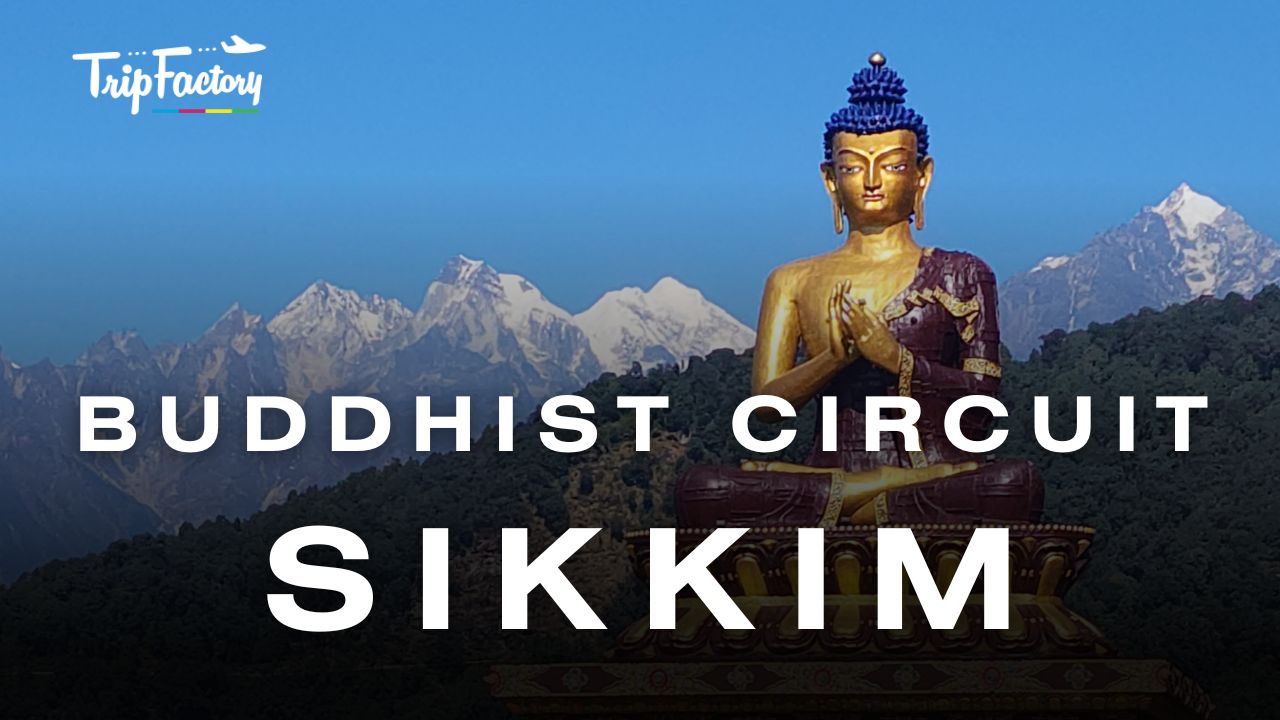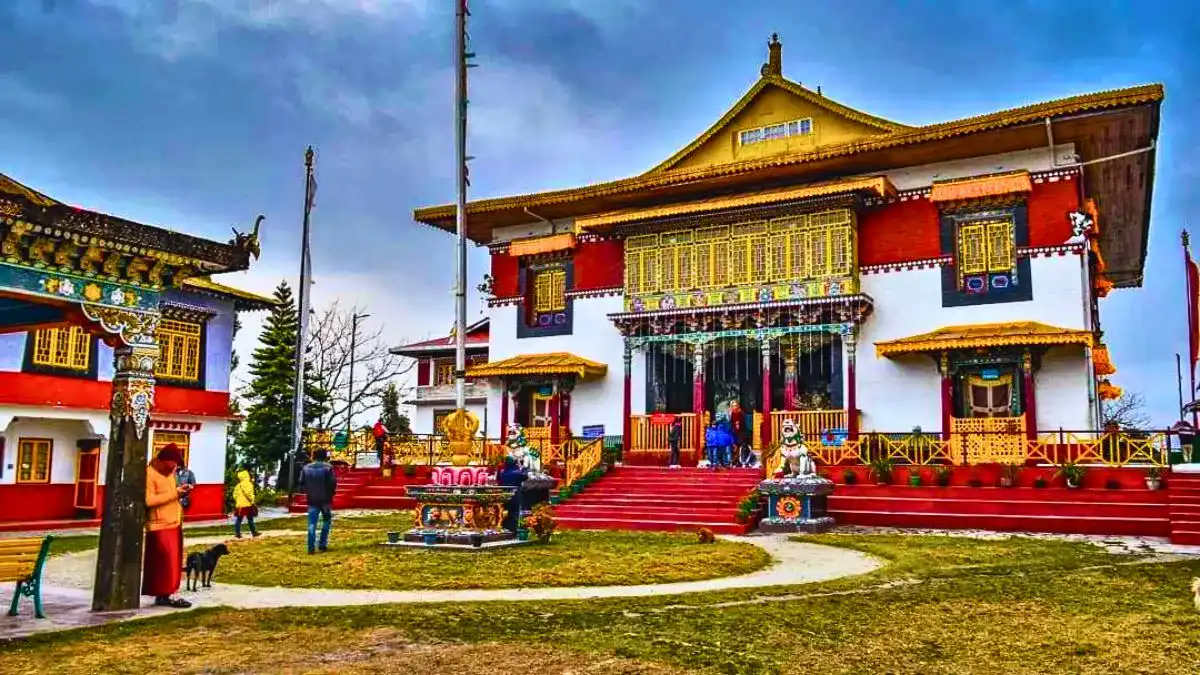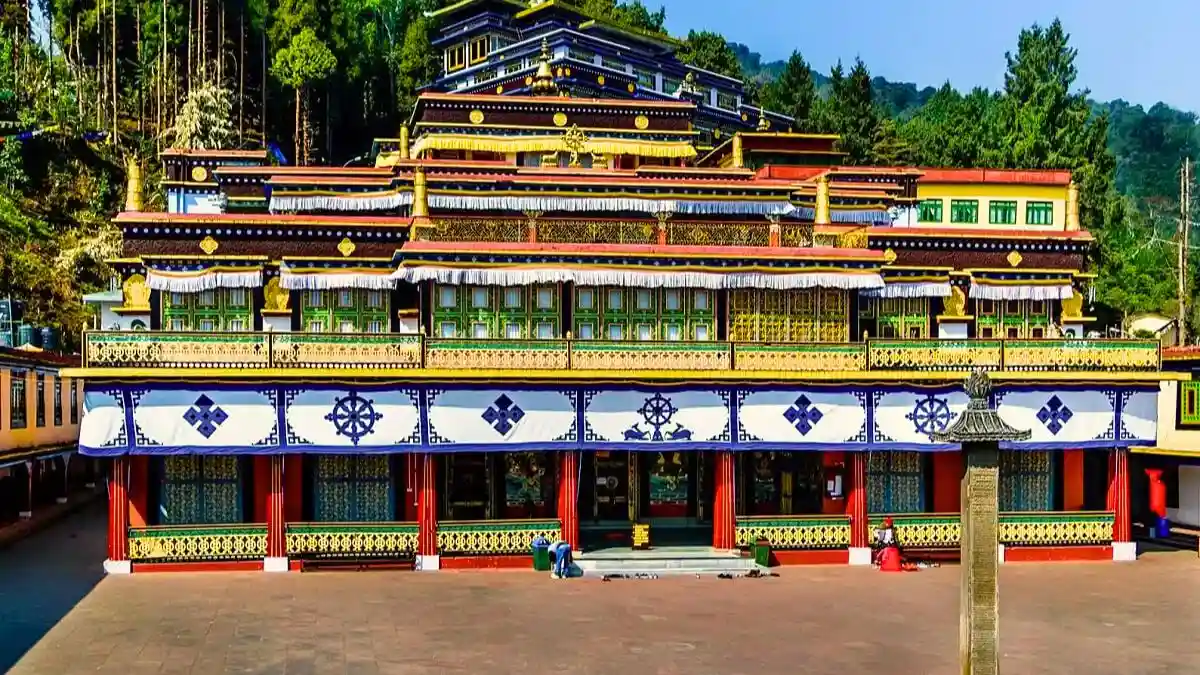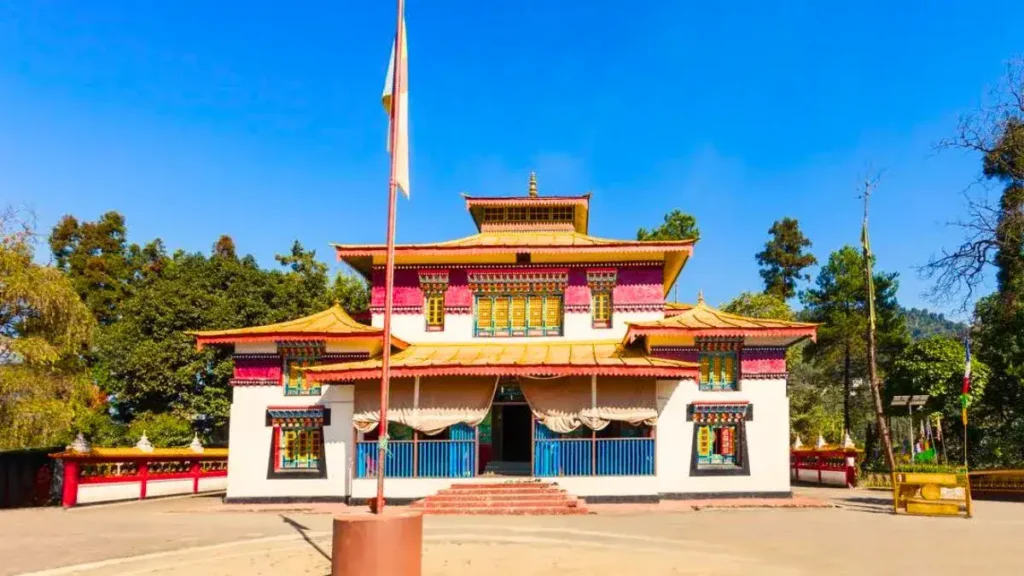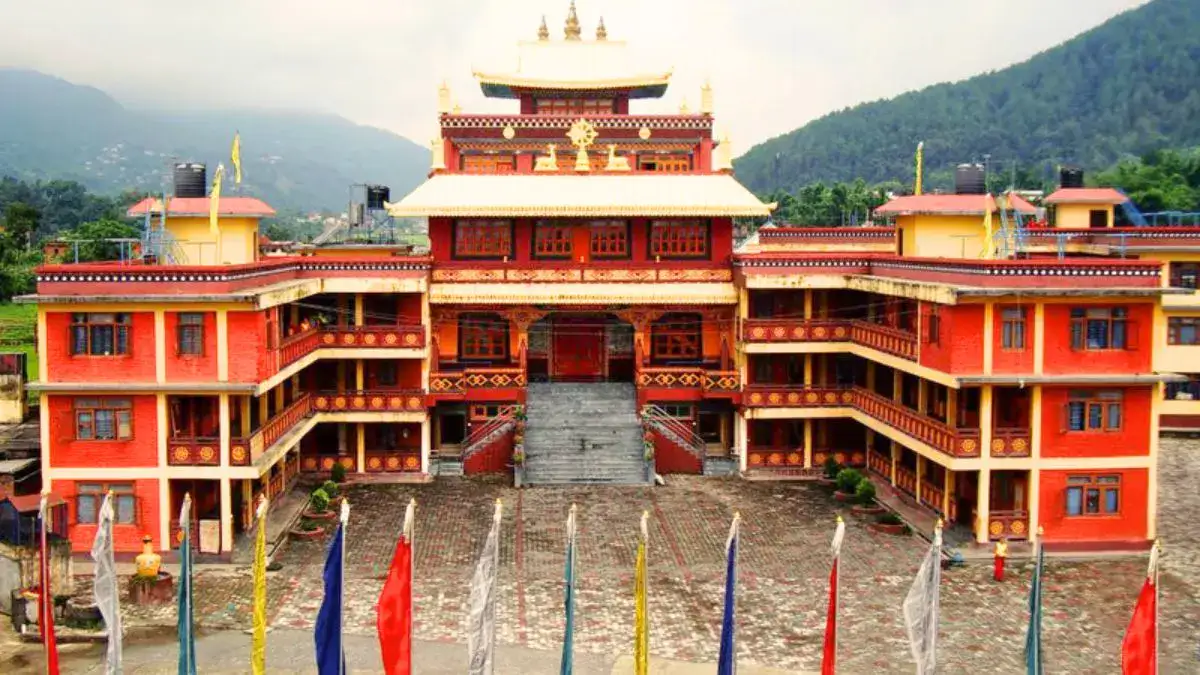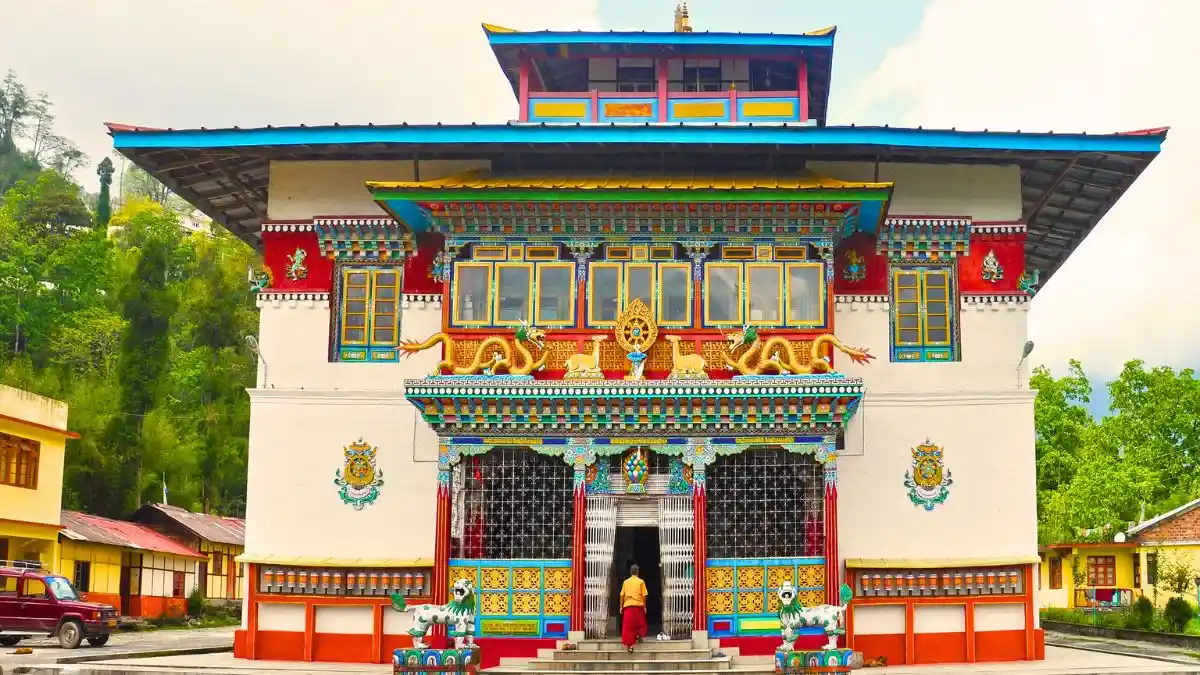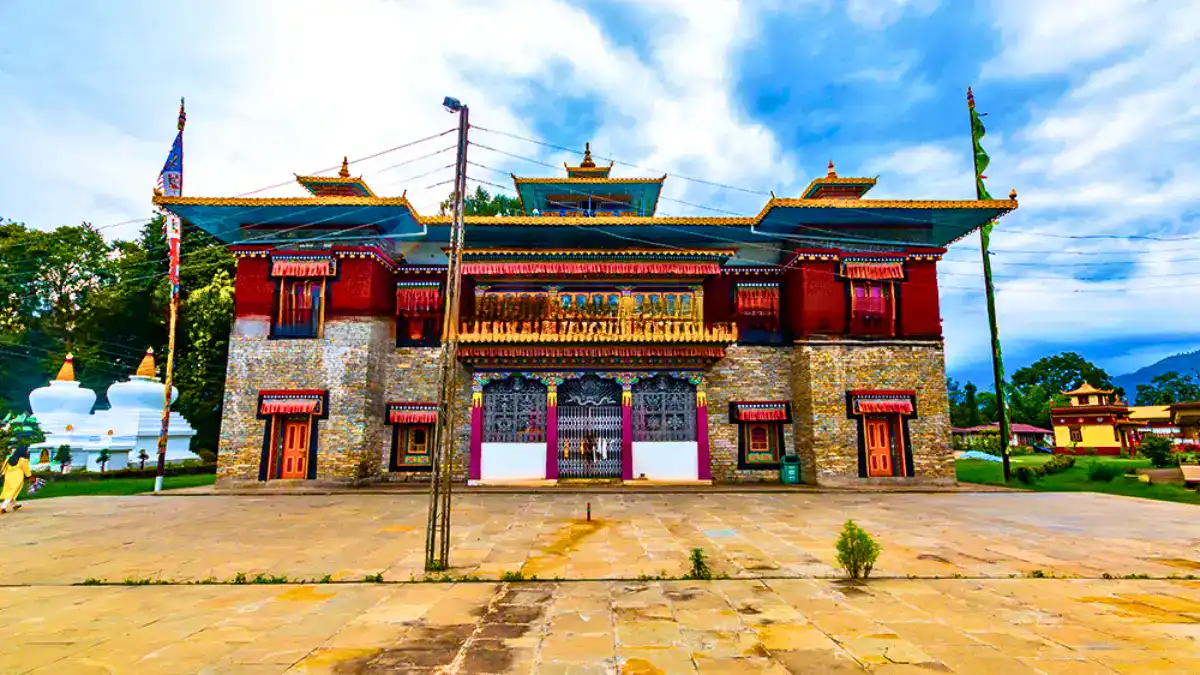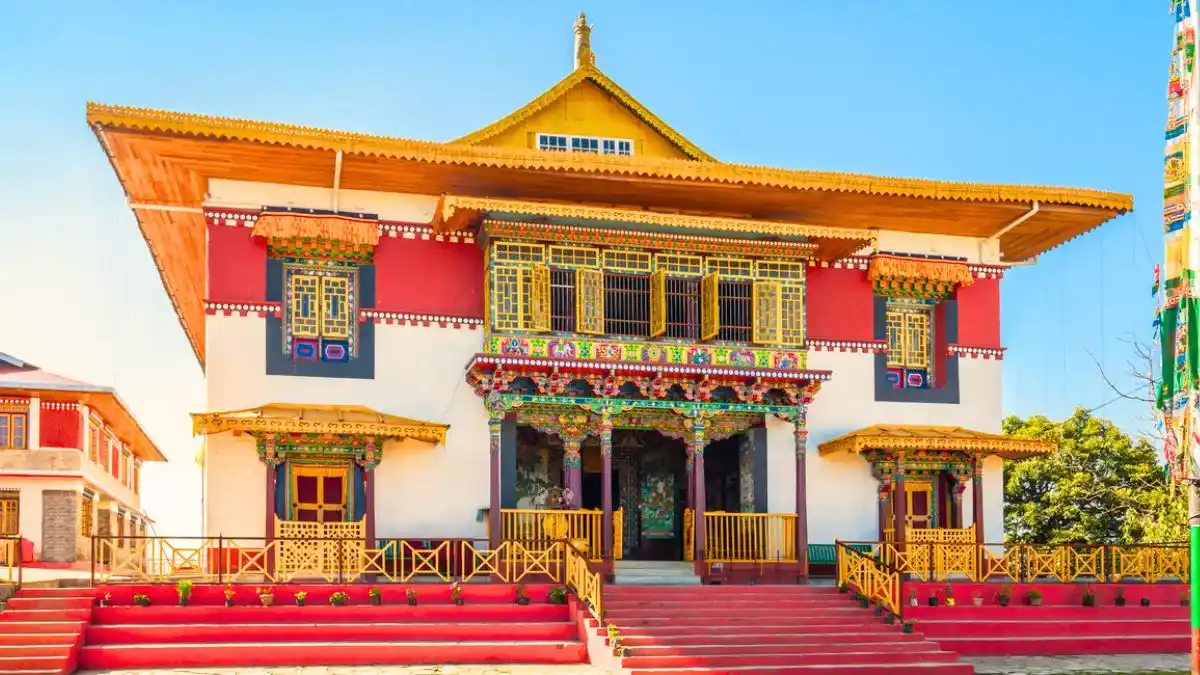Sikkim, adorned with verdant forests, snow-capped peaks, tall lakes, and frozen expanses, has a pure aura. It is a location with an enormous monastery nearby that was favored by the great Buddhist saint Guru Padmasambhava, who had a profound impact on the way of life and culture of the people of Sikkim.
Every part of the state is influenced by Buddhism, and there are more than 200 monasteries. A visit to holy communities such as Rumtek and Enchey Monasteries in Gangtok, Pemayangtse in Pelling, and Labrang Monastery on the North Sikkim Highway is an essential part of an ideal Buddhist Circuit vacation to Sikkim.
Table of Contents
Pemayangtse Monastery
Situated in a small area of exceptional quality at the upper end of western Sikkim lies the esteemed Pemayangtse monastic monastery. Pemayangtse means “Consummate Sublime Lotus,” and it is a well-liked holiday destination that is often frequented by plenty of travelers.
This attraction is only a short stroll from Pelling, which is two kilometers distant. The greatest time to visit this location is in the spring and summer when the sky is clearest. This is because you may enjoy the expansive scenery in addition to seeing the breathtaking majesty of the Himalayas.
The Pemayangtse Monastery is a contemplative setting tucked away in a forest. Explore Sikkim’s second-oldest monastery; it provides a perfect spot to relax in solitude and listen to the whispers of nature.
Also Read: Best time to visit Sikkim
Rumtek Monastery
Nestled on a hill above Gangtok, Rumtek is one of Sikkim’s most important and largest holy monasteries. In the sixteenth century, Wangchuk Dorje, the ninth Karmapa Lama, founded the convent. Originally known as the Dharma Chakra Centre, it combines a beautiful site of prayer with a priests’ community.
The purpose of the place of worship was to inspire people to share the Buddha’s teachings with everyone.The Rumtek Monastery is just 23 kilometers from Gangtok, nestled among verdant mountains.
If it offers comfort from the hereafter, then it is a visual haven. The religious community’s structural layout is essentially the same as that of Kagyu Central Station, one of the Tibetan Buddhist institutions.
Also Read: Places to visit Gangtok
Enchey Monastery
Enchey Monastery, also known as “the singular sanctuary,” has great importance and is a sacred place for Buddhist travelers. It is an extraordinary paradise filled with remarkable characteristics.
The towering pine trees, the exuberant scent of flower-decked knolls, and the expansive view of the Kanchenjunga Hills give the enthusiasts the impression that they are in the middle of a tranquil and fortunate place. This Monastery is located three kilometers northeast of Gangtok.
It is a pivotal location for the Vajrayana school of Buddhism’s Nyingmapa group. It is said that Lama Druptob Karpo, a distinguished tantric who was favored by flying powers, took flight from Maenam Hill and established a retreat in this alluring location.
Phensang Monastery
Visit the most exceptional holy monastery in Sikkim, Phensang Sangag Choling Monastery, to discover its deep side. Perched on a steep hill, Phensang Monastery is the largest monastery in Sikkim, with the greatest concentration of priests.
This religious community was founded by the third Lhatsun Jigmed Pawo during his advance into the Northern Zone in 1721 A.D. The monastery was rebuilt later around 1840 to accommodate a large number of priests. Remarkably, the religious community was destroyed by fire in 1947, yet it was also rebuilt in the same period.
Again in 1983, excessive precipitation damaged the building; nevertheless, with government support and organization, the monastery was rebuilt once again.
Also Read: Places to visit in Namchi
Phodang Monastery
The Phodong Monastery was founded by Gyurmed Namgyalm, the fourth King of the Kagyupa Sect. The construction of this monastery was finished in 1740 AD with the help of backers. At 4,500 feet in altitude, the religious community is easily accessible by car, jeep, taxi, and other modes of transportation from Magan, to Sikkim.
Currently home to over 260 monks of Kagyu descent, the Phodong Monastery is a popular tourist attraction in Sikkim. Magnificent frescos, murals, and wall paintings adorn the monastery’s partitions.
Tashiding Monastery
The serene atmosphere and old-world charm of Tashiding Monastery make it the ideal place to seek enlightenment and otherworldliness. The cloister’s striking architecture and the chilly backdrop of massive mountain crests bind the visitors.
In addition to being among the most established Buddhist monasteries in Sikkim, it is a destination that travelers should not overlook. Nestled between the picturesque Rangit and Rathong streams, Tashiding Monastery was established in the seventeenth century and is part of the Nyingmapa group.
This well-known monastery is acknowledged for clearing every sin of people seeking forgiveness and making amends.
Also Read: Gangtok Travel Guide
Lachen Monastery
With its serene surroundings and captivating vista, the Lachen Monastery is a must-see attraction in Lachen. Originally established in 1858 A.D., the Nyingma Sect of Tibetan Buddhism transformed into a small cabin constructed by Lama Karchen Dorje Drak with the aid of its eight monks.
The statue of Guru Padmasambhava is housed at the launching gompa, also known as the Ngodub choling or Lachen monastery, which is located in a stunning setting distant from the town.
This sacred location’s grounds are decorated with colorful prayer flags and prayer wheels. As you enter Lachen Monastery, experience joy. This is a wonderful adventure.
Labrang Monastery
The Labrang Monastery is an old building with a captivating quality. This Buddhist temple is very innovative due to its distinctive design, which includes white partitions and plated roofs that combine elements of Indian and Tibetan engineering.
The wall murals in the prayer lobby of the Labrang Monastery are worth seeing, and if you happen to stop by this wonder in early December, you could also get to watch the well-known Chaam Dance. The purpose of this must-see attraction is to honor Latsun Chembo of Kongpu, who founded the Nyingmapa School of Tibetan Buddhism.
The Labrang Monastery has almost 60,000 sutras in addition to six intake facilities, a plated stupa, eighteen passageways, and a sutra banter area. There is also a gallery with a collection of Buddha sculptures, sutras, and wall paintings, as well as Tibetan language literature, genuine books, books on medicines, music, crafts, logbooks, and other subjects.
Also Read: Things to do in Sikkim
Buy Sikkim Tor Package From Sikim Tripfactory
frequently asked questions
What is the Buddhist circuit?
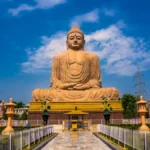
Additionally, UNESCO has designated this temple complex as a World Heritage Site. The Buddhist Circuit is a route that follows the hallowed paths of Lord Buddha through the key locations of his life and teachings in Bihar.
How many Buddhist circuits are there in India?
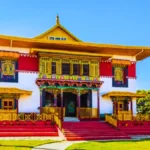
The four main locations for pilgrimages in Buddhism are Lumbini, the Buddha’s birthplace; Bodh Gaya, the site of the Buddha’s enlightenment; Sarnath, the site of the Buddha’s first speech; and Kushinagar, the site of the Buddha’s parinirvana.
Who is the founder of Buddhism?

Buddhism is a major religion in the majority of Asian nations. It was established in the latter half of the sixth century B.C.E. by Siddhartha Gautama, also known as the “Buddha”.
What are the 4 gates of Buddhism?
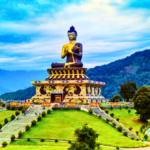
Buddha went through the gates of birth, illness, and old age; he suffered in the east, south, and west. Eventually, he realized he had to pass through the gate of death, which is the north gate, and he became a monk.

